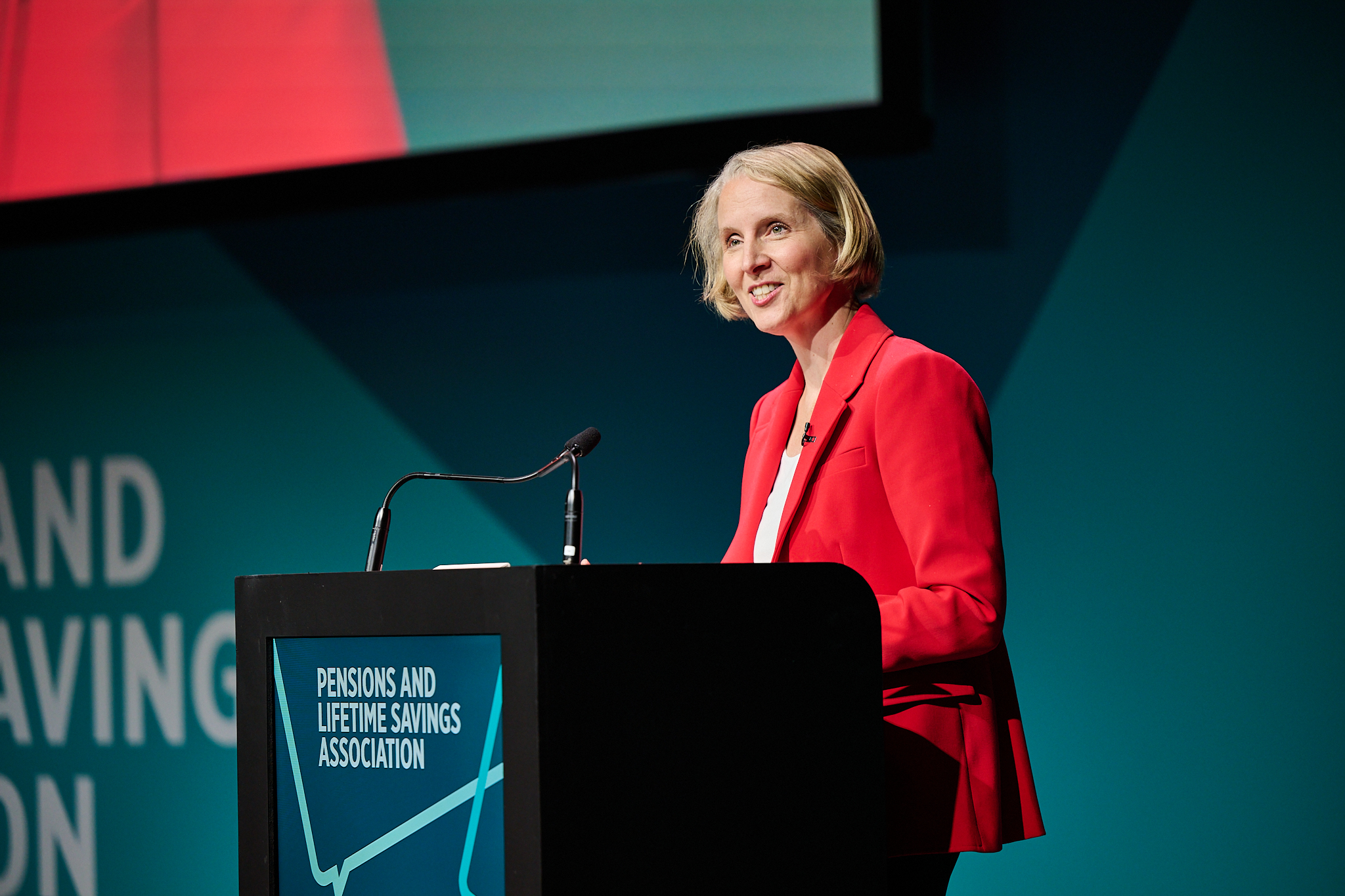The state pension is set to rise by £473 under the triple lock, after the Office for National Statistics revealed that the Consumer Price Index measure of inflation stood at 1.7 per cent in September.
This is below target and marks the lowest annual rate in the three years since the cost-of-living crisis.
As a result, the state pension triple lock will be based on the revised year-on-year average earnings growth of 4.1 per cent from May to July.
This figure is one component of the triple lock, which ensures the state pension rises by the highest of three measures: 2.5 per cent, average wage growth or inflation.
Last month’s earnings figure of 4 per cent indicated that pensions were set to rise by £460 for those on the full new state pension and £353 for those receiving the full basic state pension from April.
However, based on the new figure, the state pension is expected to increase by approximately £473 a year. This means those on the basic state pension will see their payments increase from £169.50 to £176.45, totaling £9,175.40 per year.
Meanwhile, recipients of the full new state pension can expect their weekly payments to rise from £221.20 to £230.30, bringing their annual total to £11,975.60, subject to official confirmation in the budget.
Broadstone head of policy, David Brooks, said: “Given the loss of Winter Fuel Payments for those not claiming in Pension Credit, this will be a welcome financial boost for many pensioners.”
However, Hargreaves Lansdown head of retirement analysis, Helen Morrissey, warned that this increase could pose a new challenge, as it would bring the new state pension closer to the £12,759 threshold for paying basic rate tax.
She said: “The state pension is increasing but tax thresholds aren’t – they’ve been frozen for years and are set to stay that way until at least 2028. This means there’s a very real prospect of state pension breaching the £12,570 threshold for paying basic rate tax in the next few years.”
Latest News
-
Looking back: Top 20 most read stories of 2025
-
‘Growing minority’ of pension savers turning to newer digital channels
-
Border to Coast deploys more than £1bn across private markets programme
-
Looking back: The Pensions Age 2025 DEI focus
-
This week in pensions: 15-23 December
-
Looking back: 2025 - The year of the big pension overhaul
Private markets – a growing presence within UK DC
Laura Blows discusses the role of private market investment within DC schemes with Aviva Director of Investments, Maiyuresh Rajah
The DB pension landscape
Pensions Age speaks to BlackRock managing director and head of its DB relationship management team, Andrew Reid, about the DB pensions landscape
Podcast: From pension pot to flexible income for life

Podcast: Who matters most in pensions?

In the latest Pensions Age podcast, Francesca Fabrizi speaks to Capita Pension Solutions global practice leader & chief revenue officer, Stuart Heatley, about who matters most in pensions and how to best meet their needs
© 2019 Perspective Publishing Privacy & Cookies











Recent Stories